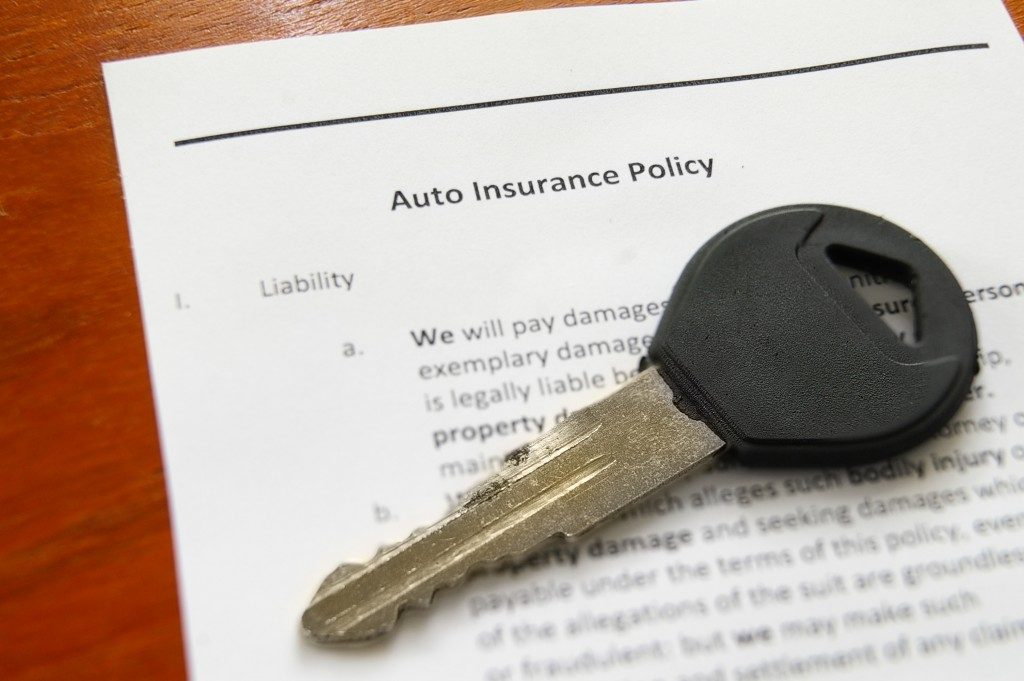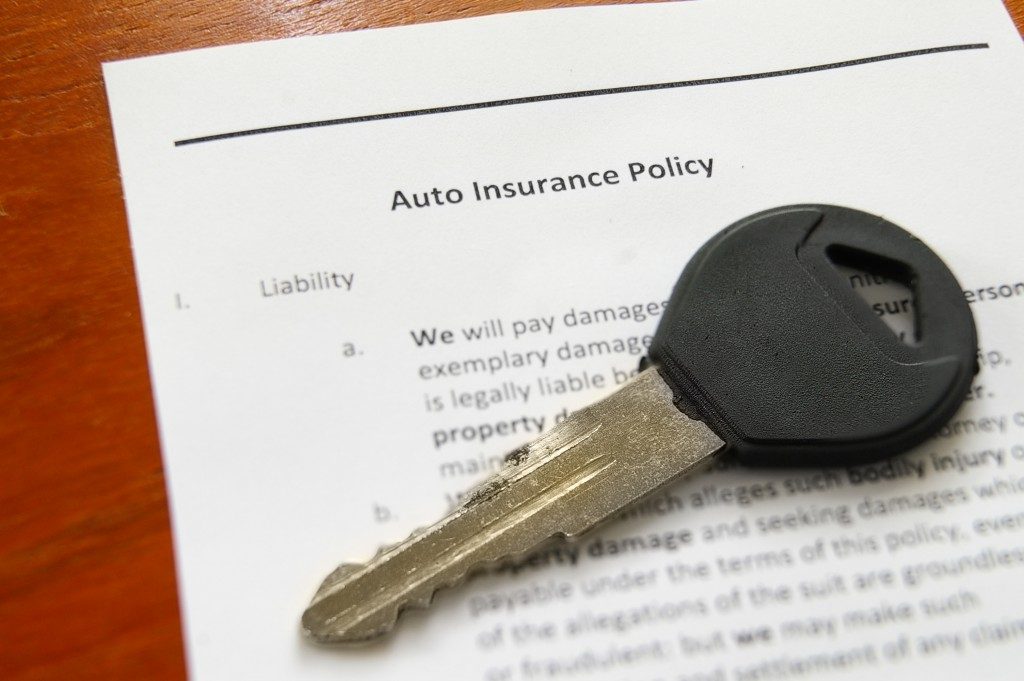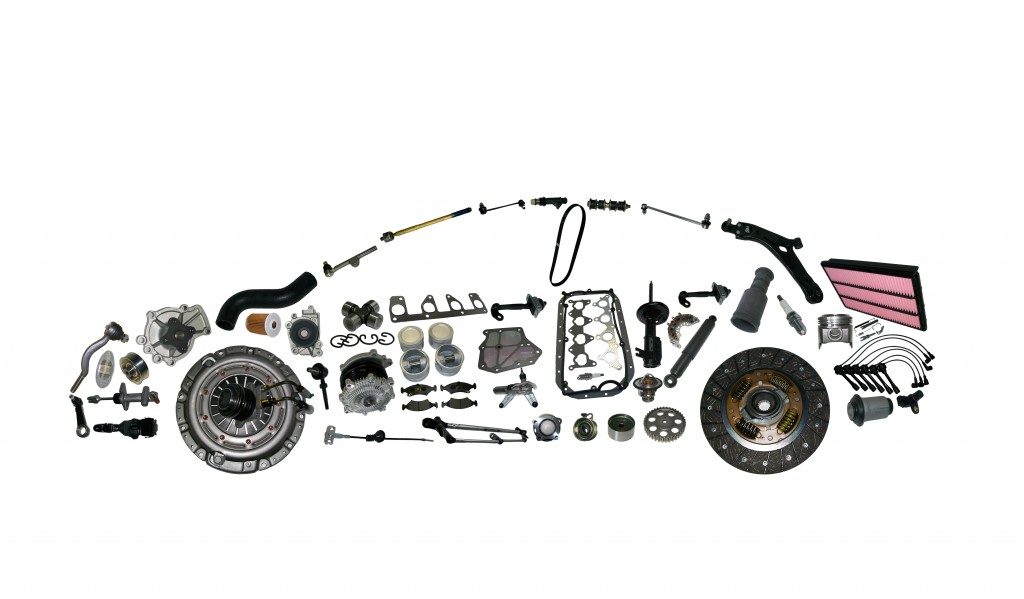Imagine this scenario – You’re driving your car along the fast lane of the expressway when suddenly you encounter a slow-moving vehicle in front of you. You tried to decelerate, but the vehicle which was tugging along below speed limit is closing in. Contact happens, with your vehicle’s front-end crumpling and sustaining damages to the engine and other components under the hood because of the collision. Don’t let a drive to Salt Lake City turn your vacation around. Having a full coverage insurance plan will make dealing with car repairs, be it a Honda or a Volvo, during accidents less problematic.
What is full coverage insurance?
Insurance generally protects you from being financially challenged and sued when road accidents happen. Full coverage means the damages of your car and the other person’s car as well as the medical expenses are covered by the insurance if deemed as your fault. This type of insurance is also comprehensive wherein vehicle damages outside of a collision – vandalism, theft, weather – are included. Add-ons are also available such as roadside assistance, uninsured motorist insurance, or new car replacement programs dependent on the driver’s preferences and needs. Some instances listed below are not covered and might need a special arrangement with your insurance provider.
- Racing and other speed contests
- Use in car-sharing programs, delivery purposes, and business use
- Destruction or confiscation by government or civil authorities
- Intentional damage and vandalism by owner
- Unlikely catastrophes like war or nuclear contamination
Do I need full coverage?

Many factors are considered when deciding on the scope of car insurance one should get. It will be beneficial to get full coverage if you fall under the following descriptions:
- Lenders will require full coverage insurance when car payments are still being made, with most loans, including this condition. Insurance companies will be able to repossess your vehicle without comprehensive coverage.
- You can’t afford to replace your fully owned car when it’s declared as a wreck. If the other driver is at fault and is uninsured, you’ll need to cover the cost of your dime.
- You drive all the time, especially in severe weather conditions. Your frequency of being on the road increases your chances of having an accident.
- The model of your vehicle is expensive. Having full coverage will protect you from losing a lot of money if your car becomes severely damaged.
What can affect my car insurance rate?
Rates of car insurance go beyond lowering coverage and raising deductibles. Some aspects related to personal characteristics, location, financial standing, vehicle type, and driving record can affect how much you pay for full coverage. Smart habits like paying bills on time, driving safely, and choosing the best car insurance company can save you a considerable amount of money every year. A low-mileage experienced driver living in North Carolina who parks his Subaru Outback in a garage will see cheaper rates compared to a 25-year old Michiganian with a penchant for out of state road trips in his Honda Civic. You can check out this ranking for the cheapest cars to insure.
The kind of car insurance to get is a decision not to be made lightly. You might save money now with the bare minimum but shell out a lot in the long-term.



